New York
Tour Venue Five
Radio City Music Hall, 1260 Avenue of the Americas (Sixth Avenue), Manhattan, New York City.
aka: The Showplace of the Nation
The largest indoor theatre in the world, more than 300 million people have enjoyed entertainment at the Music Hall located in the Rockefeller Center in New York. It is the HQ of the precision dance company, the Rockettes, who star in the cherished holiday tradition the 'Christmas Spectacular'.
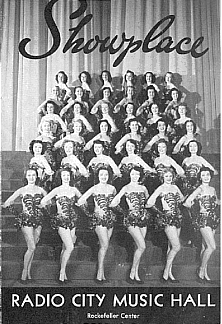
In 1929, John D. Rockefeller owned the 12-acre piece of midtown Manhattan. Despite the stock market crash at the time, he decided to build a lasting complex with the highest architecture and design to stand as a symbol of optimism and hope.
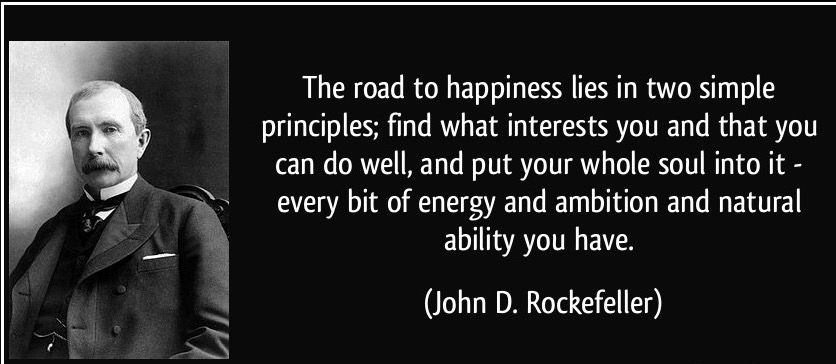
With Rockefeller's financial stability and the media savvy aid of a young commercial partner, David Sarnoff, Chairman of Radio Corporation of America (RCA) (whose NBC radio programs were attracting big audiences and whose RKO studios were producing and distributing motion pictures) plus Samuel Roxy Rothafel who previously owned the Roxy Theatre, together they built 'Radio City'.
Designed by architect Edward Durell Stone, its auditorium measures 160 feet from back to stage and the ceiling is 84 feet high. Sweeping arches form the walls and ceiling and choral staircases rise up the sides. There are no columns to obstruct views – every seat is a good seat!
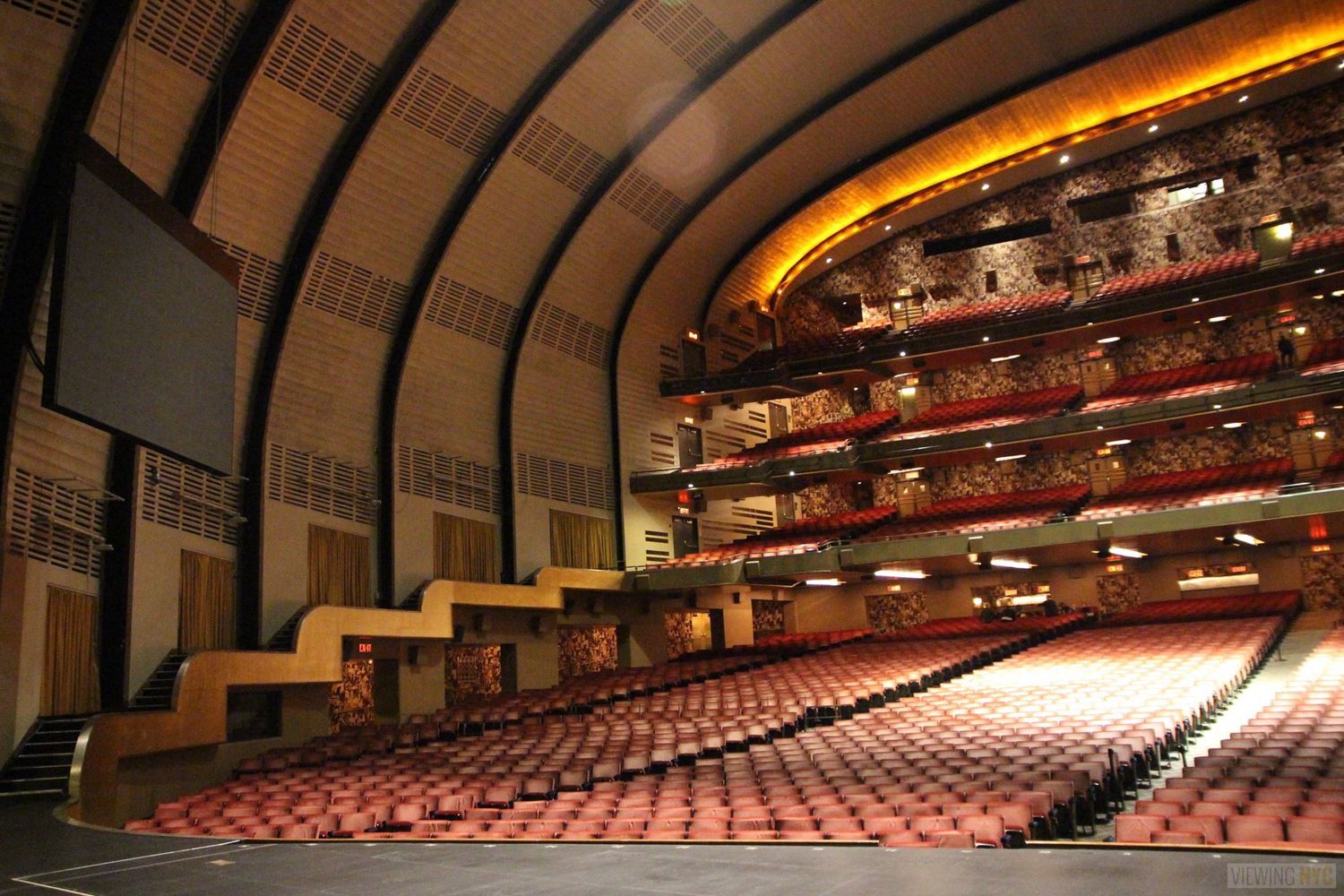
The stage resembles the setting sun and is framed by a huge proscenium arch that is 60 feet high and 100 feet wide. Experts regard it as the most perfectly equipped stage in the world. There are three sections to the stage, all mounted on pioneering for the time hydraulic-powered elevators. Dynamic sets and spectaculars can be achieved. A fourth elevator is used to raise and lower the orchestra. There is even a turntable for quick scene changes.
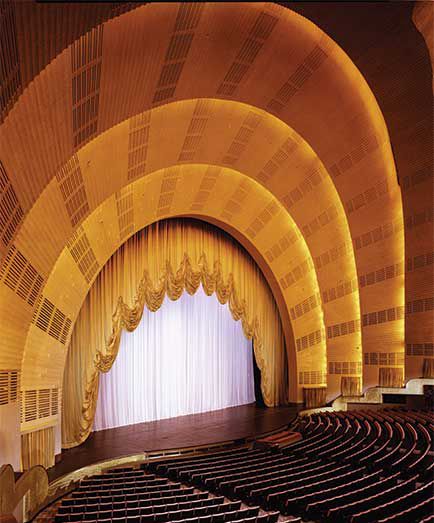
The gold stage curtain is the largest in the world.
For 65 years, the Mighty Wurlitzer organ, whose pipes range from a few inches to 32 feet, were especially designed for the theatre and are housed in 11 separate rooms. There are 25k lights and the special effects even have the ability to send up fountains of water and bring down torrents of rain or create fog and clouds.
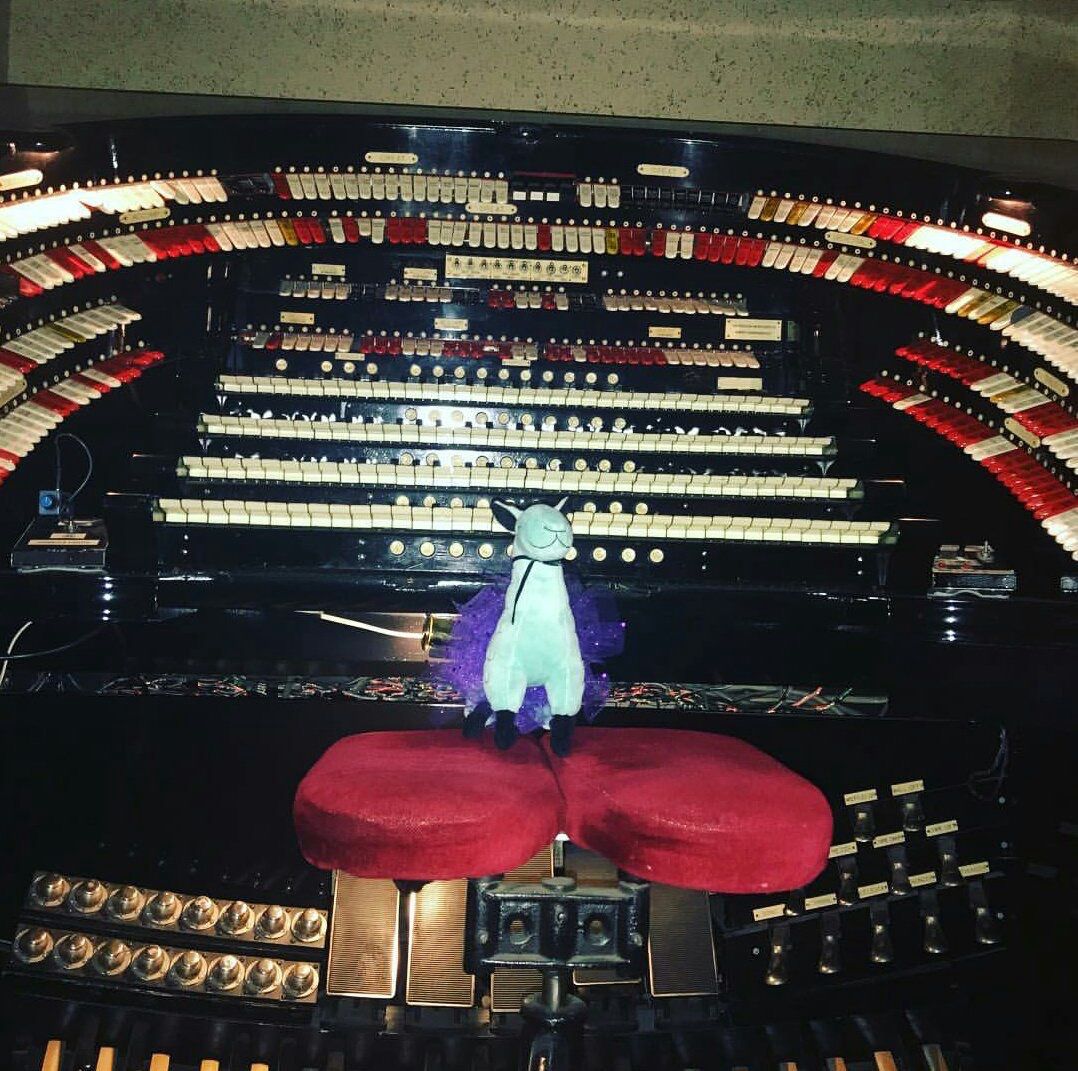
The Interior designer was Donald Deskey who used Art Deco Style. Deskey chose elegance over excess, grandeur over glitz. He designed over thirty different spaces including lounges and smoking rooms, each with its own motif. He created a stunning tribute to 'human achievement in art, science and industry' using a team to create murals, wall coverings, sculptures, drapes, carpets, ceramics, wood panels and chandeliers.
Deskey himself designed furniture and carpets coordinating railings, balustrades, signage and decoration. He used a mix of natural marble, gold foil, glass, and leather and more industrial chrome, aluminium and cork. For the period it is a remarkable example of contemporary design and remains elegant and sophisticated.
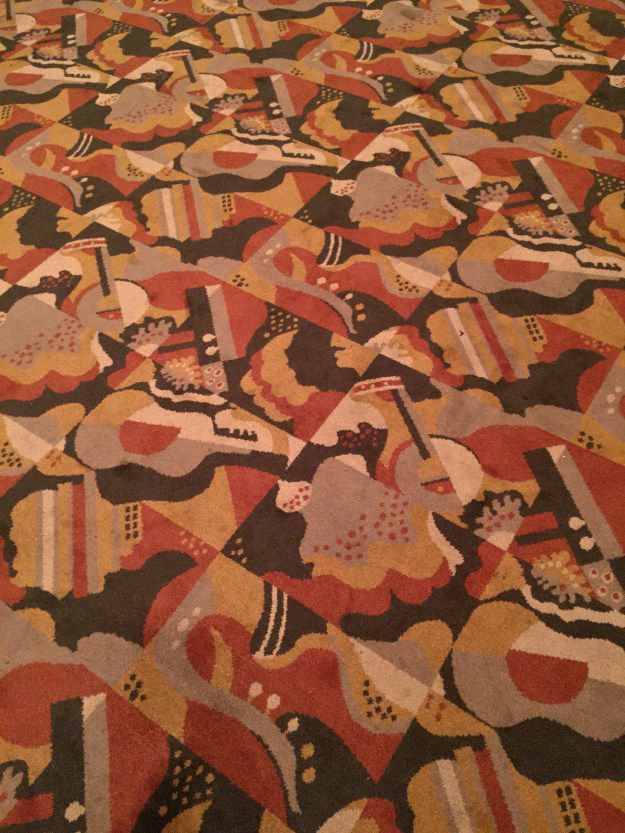
('Still life of musical instruments' - carpet by Ruth Reeves. Cubism design)
The artwork on display is from many depression era artists. There is a large mural in the foyer entitled, 'Fountain of Youth' painted by Ezra Winter.

The murals of the grand lounge are known as 'Phantasmagoria of the Theater' by Louis Bouche. Three female nudes cast in aluminium were commissioned but considered inappropriate for a family venue. They are now displayed: 'Goose Girl' by Robert Laurent, 'Eve' by Gwen Lux and 'Spirit of Dance' by William Zorach.
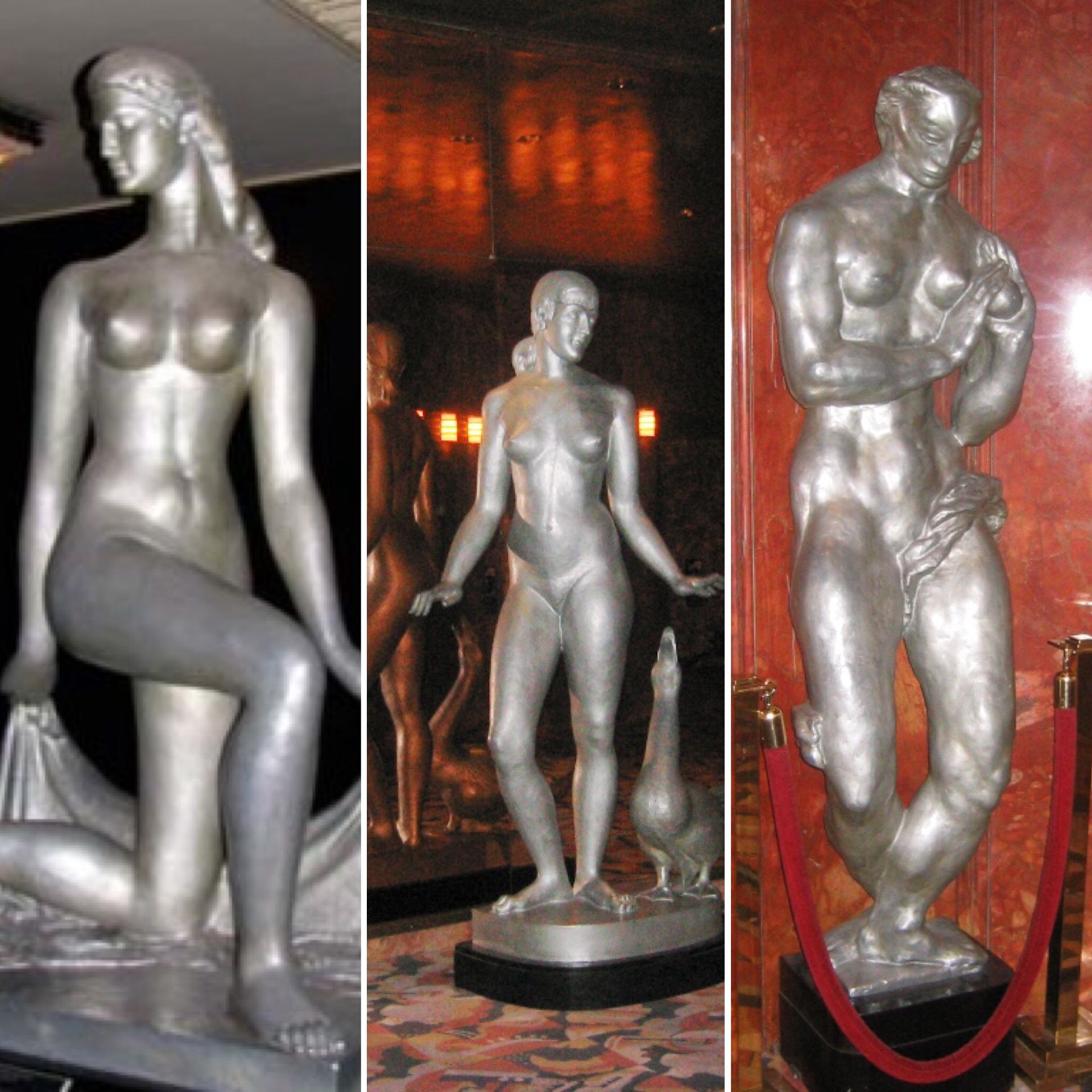
Radio City Music Hall opened on 27 December 1932 with a lavish show with the idea of bringing back high-class variety entertainment at affordable prices. However it was not a success.
In 1933 it converted to a film-plus-stage spectacle format and became a premiere showcase for films from RKO-Radio Studio. Its huge screen and wide seats made it an ideal movie house. Over 700 movies have opened there including King Kong, To Kill A Mockingbird (staring former Radio City usher Gregory Peck), Breakfast at Tiffany's, White Christmas, and National Velvet launching the actress, Elizabeth Taylor. This continued until 1979 with four complete performances each day.
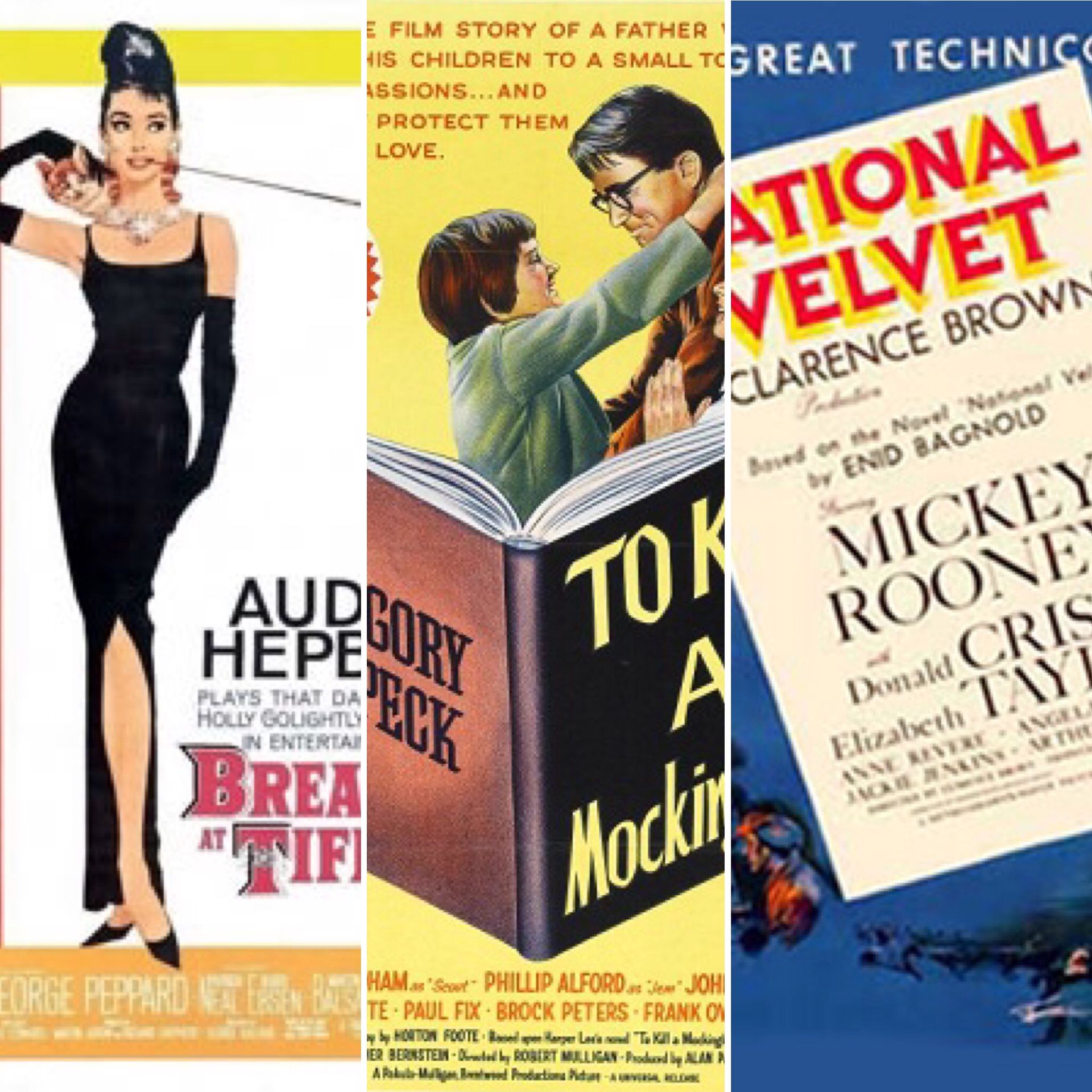
In the 1970s, the changes to film distribution made it difficult to secure exclusive bookings and the choices were limited as the theatre preferred to show only G-rated movies. In 1978 it was announced that it would close its doors with plans to use it for tennis courts, a shopping mall or the American Stock Exchange.

(Facade depicting Roundels of Dance, Drama, and Song by Hildreth Meier, Art Deco Muralist).
At the announcement, Rosemary Novellino, Dance Captain of the Radio City Music Hall Ballet Company, got together a group of colleagues to form The Showpeople's Committee to Save Radio City Music Hall, joining forces with the media and political allies that eventually created a buzz nationally.
On 28 March 1978, New York's Landmarks Preservation Commission made the interior of Radio City Music Hall a landmark guaranteeing that the building would remain a theatre and later that year in May it was placed on The National Register of Historic Places.
Film showings ended in 1979 and in 1980, after being renovated, it reopened to the public.
Radio City Music Hall is currently leased and managed by The Madison Square Garden Company. Sometimes movie premiere's take place there but it is used the entire year for concerts and live shows of leading pop and rock performers for the last 30 years as well as television shows such as the 4000th episode of Jeopardy and televised events like the Grammy and Tony Awards, MTV Video Music Awards and NFL Draft.
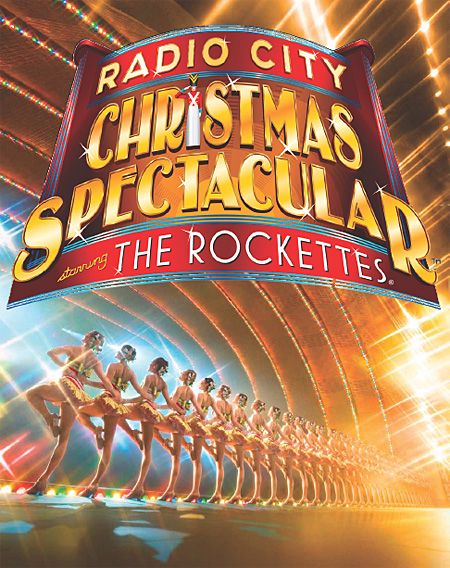
Notable events/artists: Cary Grant, Ginger Rogers, and Katharine Hepburn take the prizes for the most number of films screened there. Douglas Fairbanks, Barbara Stanwyck, Jimmy Stewart, Ella Fitzgerald, Liberace, Sammy Davis Jr, John Denver, BB King, Stevie Wonder, Sting, The Eurythmics, Tony Bennett, Jose Carreras, Ray Charles, Adele, One Direction, and Harry Styles!
Bạn đang đọc truyện trên: AzTruyen.Top